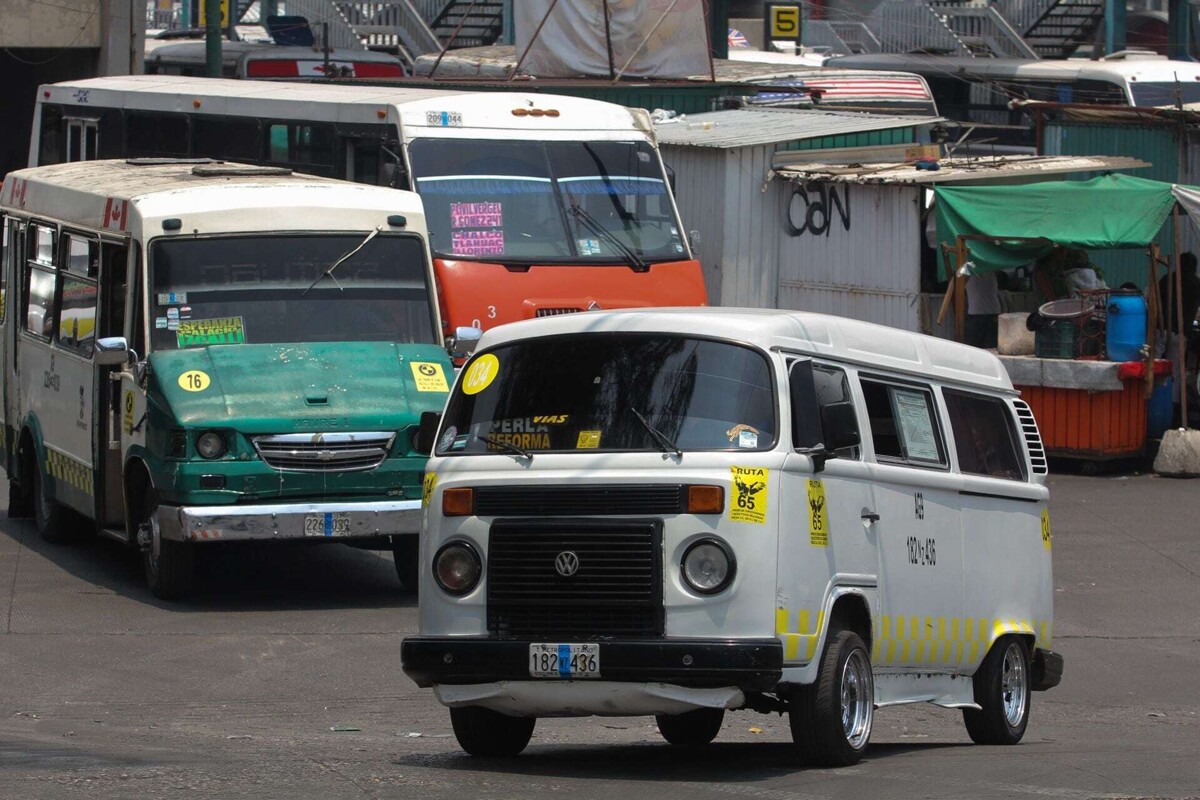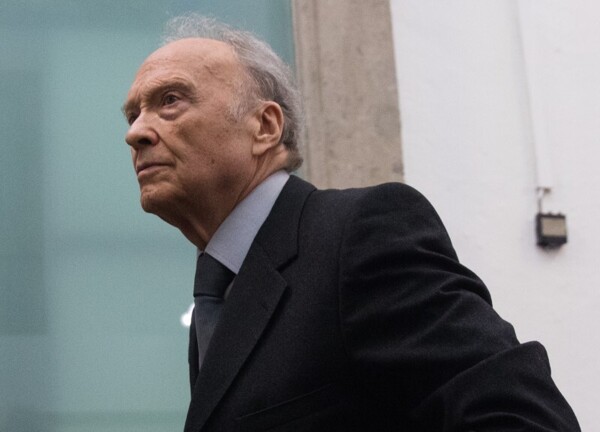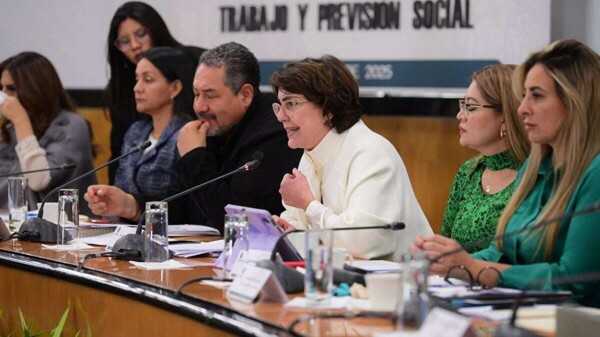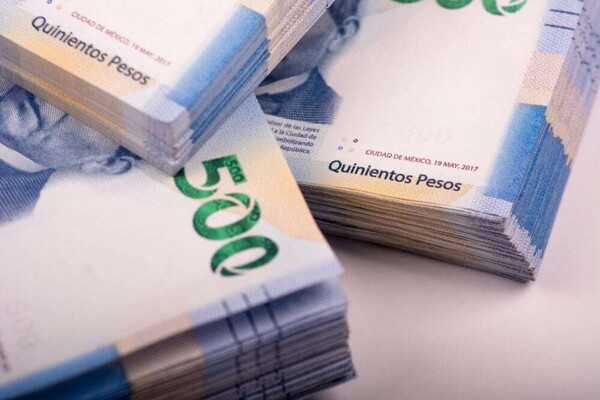
The inhabitants of the Metropolitan Area of the Valley of Mexico face long and costly journeys daily to reach their destinations, whether schools or workplaces. People from Ecatepec, Nezahualcóyotl, Naucalpan, Texcoco, Ixtapaluca, Iztapalapa, Tláhuac, and Gustavo A. Madero invest a significant part of their day in public transportation, spending more than 100 pesos a day. According to the researcher at the Institute of Engineering of UNAM, Angélica del Rocío Lozano, urban planning and long-term investment in quality public transportation in peripheral areas are required.
In the State of Mexico, the fare for public transportation varies depending on the distance traveled, reaching up to 26 pesos for long journeys. Additionally, in municipalities like Texcoco and Ixtapaluca, residents must spend on direct buses. For example, in Iztapalapa, some residents use bike taxis, microbuses, Cablebús, Metrobús, and Metro in a single day, wasting time and money on their commutes.
Research highlights that the inhabitants of the Metropolitan Area primarily travel for work and educational reasons during the week, and for recreation on weekends, mainly using public transportation, private cars, and bicycles. Costs and times vary, with the most expensive and longest trips being for residents in peripheral areas, where higher levels of marginalization are found.
It is evident that residents of Ixtapaluca can lose up to six hours daily on public transportation, while Iztapalapa, Tláhuac, and Gustavo A. Madero also face long travel times, especially to central areas of Mexico City. The quality and safety of the microbuses used are questionable, increasing exposure to crimes and the insecurity of travelers.
Therefore, there is a call for investment in multimodal mass transportation solutions, such as the metro, trains, and trams, to improve efficiency and reduce travel times and costs in the Metropolitan Area of the Valley of Mexico.














